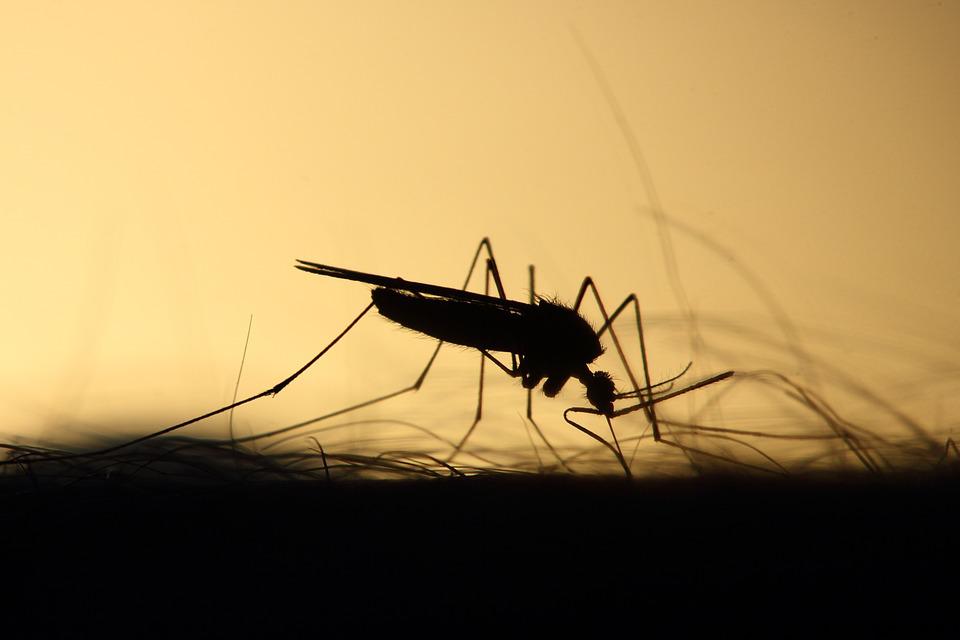
Modelling the Potential Spread of Gene Drive Mosquitoes
June 29, 2022| |
Malaria kills over 300,000 children in Africa every year despite the use of control measures. Novel control approaches using gene drives have been proven to be able to reduce or modify malaria vector populations in laboratory settings, and are now being considered for potential future field applications. Anopheles gambiae sensu stricto and Anopheles coluzzii are two closely related mosquito subspecies that are both malaria vectors in sub-Saharan Africa. Using both these species, scientists conducted a modeling study to investigate the spread and persistence of a population-modifying gene drive system.
Scientists showed that in scenarios that allow mosquitoes to travel on prevailing wind currents, a gene drive could potentially spread across national borders, but spread is eventually arrested when the drive allele is ousted by a resistant allele. The model was able to demonstrate a range of realistic dynamics that included the effect of wind on the spread and spatio-temporally varying carrying capacities for subspecies using regional to continental scale mechanisms. The findings could help answer detailed questions about how gene drives could be applied in the field effectively and safely.
Read the full publication in PLOS to find out more.
| |
You might also like:
- Spatial Modeling Used to Analyze Gene Drives for Vertebrate Pest Control
- Gene Drives Involving Competitors and Predators Facilitate Population Suppression
- Experts Presents Recommendations for Gene Drive Based on GE Crop Experience in Africa
Biotech Updates is a weekly newsletter of ISAAA, a not-for-profit organization. It is distributed for free to over 22,000 subscribers worldwide to inform them about the key developments in biosciences, especially in biotechnology. Your support will help us in our mission to feed the world with knowledge. You can help by donating as little as $10.
-
See more articles:
-
Gene Drive Supplement (June 29, 2022)
- Existing Regulatory Frameworks Can Help Guide Gene Drive Risk Assessment -Experts
- First Feasible Gene Drive System for Invasive Rodent Population Control
- Modelling the Potential Spread of Gene Drive Mosquitoes
- Recommendations for Environmental Risk Assessment of Gene Drive for Malaria Vector Control
- Researching Gene Drive Mosquitoes to Help Malaria Control
- Fighting Malaria with Gene Drive and Community Involvement
-
Read the latest: - Biotech Updates (December 17, 2025)
- Gene Editing Supplement (December 17, 2025)
- Gene Drive Supplement (February 22, 2023)
-
Subscribe to BU: - Share
- Tweet

